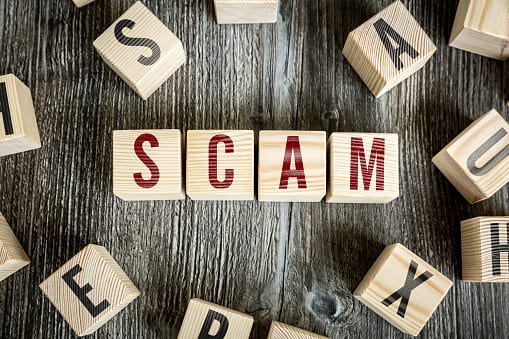August 2018 Ransomware Update
The Newest Forms Of Ransomware & How To Protect Your Business From Them The Situation
We’re all familiar with the regularity and severity of ransomware attacks. Most of us are also fully cognizant of the consequences of such cyberattacks. But, many still do not know exactly what to do when hit by a ransomware attack to remedy their PCs and computer networks of this most egregious form of cyberattack. This is why we’ve provided some crucial information, both on how to better prevent ransomware attacks, and how to limit the damage of such violations.

Since this post is primarily addressing what to do once ransomware has struck, we will list those steps to follow in the wake of such an attack first, and follow it up by giving you things to boost your ransomware preparedness level.
The Best Defense is Prevention
Businesses can often avoid ransomware demands by taking preventive measures. For example, companies have greatly benefited from employee training and tutorials designed to help them identify hazardous email attachments, harmful websites, phishing and even ransomware-delivery attempts.
Implement education and awareness in the workplace. It is a proven fact that a better educated and aware individual or office staff will be far less likely to click on questionable links such as those embedded in email phishing schemes. Having strong cybersecurity policies in the workplace will greatly reduce the chances of a ransomware attack.
Engage in frequent backups. Frequently backing-up your data is the best way to avoid ransomware and cryptoworm attacks. If you have solid enough backup measures in place, you can successfully ignore ransomware demands and encryptions. Always have offline backups in place, i.e. those that aren’t attached to PCs or networks. Viruses can even attack data that’s backed-up using cloud servers, so store at least one complete backup of your entire data network in a completely network-disconnected machine or device.
And here is some sage advice on preventing ransomware, courtesy of KirkHamSystems.com:
“Remember to remove unnecessary programs and update software whenever possible. Applications like Web browsers, PDF viewers, and video players frequently contain defects that make them vulnerable to these infections. Although hackers usually find more flaws to exploit, the latest updates can patch known security holes and minimize risks.
A network administrator should only permit each staff member to access the computers, drives, and directories that he or she truly needs to use. This will limit the ability of cryptoworms to spread throughout the network and infect every file. It also protects servers from any “rogue” employees.”
Get Professional IT Help for Ransomware
Many IT companies now offer a variety of free decryptor tools, and also know of tricks to neutralize and delete certain ransomware strains. If you need expert help with cyberattack prevention and cyber safety awareness and security, {company} is a proven leader in providing IT consulting and cybersecurity in {city}. Contact one of our friendly IT staff at {phone} or send us an email at {email} today, and we can help you with all of your cyber safety, defense, and security questions or needs.


The Newest Forms Of Ransomware & How To Protect Your Business From Them The Situation

Cybercrime is no longer a new phenomenon. The zeal with which cybercriminals have committed these offenses in the past has led to an outcry from...

Tax season is one of the most active times of the year for cybercriminals – without the right IT security support, your business could be an easy...

On Time Tech is an IT Support and Computer Services company serving California. We provide services to the areas in and around We know businesses like yours need technology support in order to run highly-effective organizations. Leverage pro-growth technology services for your company now.
© 2025 On Time Tech